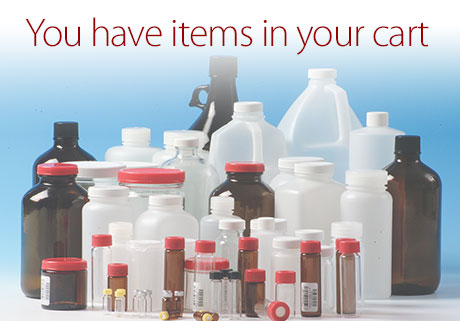 Autumn • 2021 Autumn • 2021 |
In this Issue: |
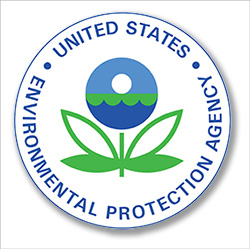 |
Draft Method 1633 available for PFAS analysis The US Environmental Protection Agency (EPA) has announced the availability of the EPA 1633 Draft PFAS method for the measurement of PFAS in wastewater, surface water, groundwater, soil, biosolids, sediment, landfill leachate, and tissue. EPA collaborated with the U.S. Department of Defense’s (DoD) Strategic Environmental Research and Development Program to develop draft Method 1633. This single laboratory validated method can test for 40 PFAS compounds in eight media. This is the first EPA method capable of analyzing PFAS in raw water and Clean Water Act (CWA) NPDES permits down to low parts per trillion levels. EPA and DoD will continue to collaborate to complete a multi-laboratory validation study of the method in 2022. For all matrices, EPA 1633 provides a standardized and validated approach for PFAS monitoring. Whether it is tissue, or landfill leachate, or sediment, EPA 1633 can now be used to provide high-quality data consistent with PFAS monitoring best practices. EPA 1633 draft is an isotope dilution LC-MS/MS method for PFAS that incorporates current best practices for PFAS analysis. Sources: |
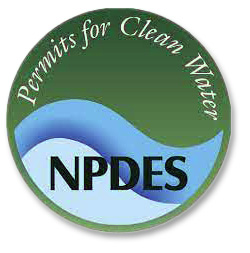 |
PFAS analysis and NPDES monitoring In July 2021, the EPA finalized Methods 3512 and 8327, the PFAS analytical methods for wastewater. These were validated together for 24 PFAS compounds in surface water, groundwater, and wastewater. Final versions of these validated methods were published in the SW-846 Compendium. Draft Method 1633 complements existing validated methods that test for PFAS in drinking water and non-potable water. It also complements existing Safe Drinking Water Act (SDWA) methods to test for 29 PFAS compounds in drinking water and a Resource Conservation and Recovery Act (RCRA) method (8327) for 24 PFAS compounds in non-potable water. The EPA states that “While the method is not nationally required for CWA (Clean Water Act) compliance monitoring until EPA has promulgated it through rulemaking, it is recommended now for use in individual permits” The method can be used in other multiple PFAS monitoring applications, for example, in National Pollutant Discharge Elimination Permits (NPDES). Sources: |
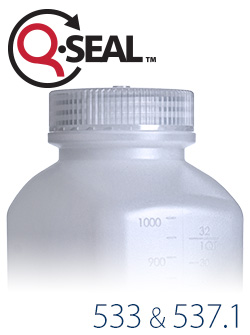 |
Q-Seal™ for drinking water Methods 533 and 537.1 Q-Seal™ is an excellent choice for sampling or PFAS in drinking water. This line of leak-proof HDPE oblongs gives you single-use economy without sacrifing container security. Available in 250mL, 500mL, 1000mL sizes. Natural HDPE construction, precision engineered with semi-buttress thread finish Leakproof Linerless Polypropylene closures mated to finish for ultimate container security Wide-mouth containers for easy filing, with space-saving oblong shape Graduate marks and fill line allow users to easily collect the correct sample volume and leave the proper amount of headspace in the container For more information about Q-Seal™ oblongs or to discuss your needs for your PFAS program, contact QEC's Customer Service Team. |
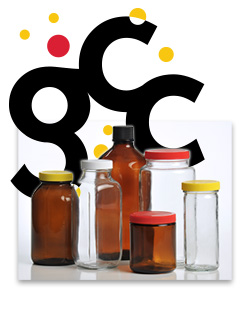 |
QEC attends Gulf Coast Conference QEC recently completed an exhibit presentation at the annual Gulf Coast Conference, the largest and oldest conference focused on the Petrochemical, Refining, and Environmental business marketplaces. Attending were Michael McCune, QEC's VP for sales and marketing, and Micah Wimmer, our southwest marketing manager. Many of QEC's products are exceptionally well-suited for many different analytical and packaging uses beyond the environmental industry. Focus of this presentation was assembled glassware, safety-coated glassware, leak-proof plastics, and lab-grade plastics. |
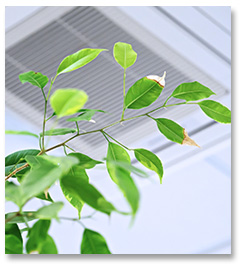 |
Study finds PFAS in indoor air The air in residences, schools, and workplaces can be polluted with harmful PFAS chemicals, according to a study published in Environmental Science & Technology Letters. A new measurement technique detected PFAS chemicals in the air of kindergarten classrooms, university offices and laboratories, and a home—some with levels as high as those measured at an outdoor clothing company and carpet stores selling PFAS-treated products. The results suggest indoor air is an underestimated and potentially important source of exposure to PFAS, particularly for children. By affixing polyethylene sheet samplers to ceilings, the scientists measured volatile PFAS chemicals in the air of nine carpeted kindergarten classrooms, one home, and the storage room of an outdoor clothing store in California; as well as two laboratories, five offices, one classroom, one storage room, and one elevator at the University of Rhode Island; and two carpet stores, also in Rhode Island. PFAS were detected in the air of nearly every location. Several kindergarten classrooms and rooms at the university had higher indoor air concentrations of PFAS than the storage room of the outdoor clothing store, which was full of jackets and gear treated with PFAS. The highest concentrations were found in the two carpet stores. While families, schools, and workplaces can reduce indoor air levels of PFAS by replacing carpets, there are still many other products that can emit volatile PFAS into indoor air, including clothing, shoes, building products, and furnishings. Source: Lab Manager News: We’re Breathing PFAS: Study Finds Harmful Forever Chemicals in Indoor Air |
| © 2021 | Quality Environmental Containers, Inc. |
